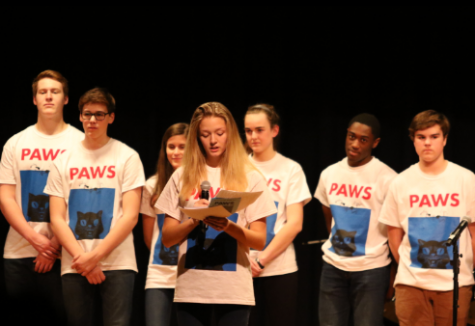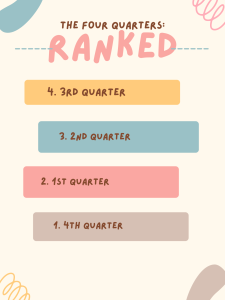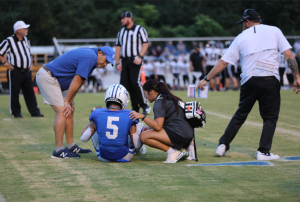Welfare Spending Needs Revision
March 21, 2017
As an exchange of power between political parties approaches in January, many wonder how their lives will be affected. For some Americans, this change potentially puts their income on the line. I am talking about Americans who rely on welfare. Our welfare system is broken and lawmakers are relying on false pretenses and old ideas about poverty to create laws.
Welfare has been a hot topic in the past election cycle. Numerous ideas have been flying around on how to either fix or destroy welfare. Those against welfare tend to argue for just spending less money on cash handout programs.
Politicians would like to save money by cutting welfare programs for the poor. Instead they should stop spending money intended for needy families on people who are not poor.
The Personal Responsibility and Work Opportunity Reconciliation Act of 1996 (PRWORA) was a major reform bill for welfare, sponsored by John Kasich. The bill starts off discussing common trends in American poverty.
Title I, section 101 of the bill focuses on how strong marriages will make society better for all people.
“The increase in the number of children receiving public assistance is closely related to the increase in births to unmarried women,” according Title I section 101.
The bill also states that generational poverty is a pressing issue, and children who are part of a family receiving government aid are three times more likely than children whose families do not use welfare, to need government aid when they grow up. However, talkpoverty.org contradicts this idea about poverty.
“[Poverty is] a much more common occurrence than people realize, and the chronic, persistent, generational poverty that features so prominently in political rhetoric and media coverage is very much the exception, rather than the rule,” said Stephen Pimpare of talkpoverty.org.
States can spend the money however they like, as long as they can find a way to make it fit one of the four purposes. Though legal, it is a bad idea to spend money on people who do not need it. 5 percent of Oklahoma’s TANF was devoted towards promoting marriage and pregnancies within wedlock. At a marriage counseling program, most of the couples had no idea the program was funded by TANF. 9 percent of Oklahoma’s TANF money was used for cash assistance for families in need. According to the Center on Budget and Policy Priorities, Virginia spent over four times as much money on these marriage programs in 2014.
“Pregnancy Prevention & 2-Parent Family Formation and Maintenance,” according to the Center on Budget and Policy Priorities, received 15 percent of Virginia’s TANF money, which amounts to about $43,000,000.
The issue specifically with Oklahoma’s marriage promotion programs is anyone of any income bracket can benefit from it, yet the programs are funded by money intended for families in need.
Since PRWORA’s creation, we have learned more about the nature of poverty and it is time to adapt our laws to aid people better. A new presidency brings numerous changes, and hopefully Congress will decide to revisit PRWORA. There is no perfect law that would help every person in need, but there would be more funds available for the needy if the government focussed on people in poverty.








